Comparison of Various Heat Exchangers
Categories: Engineering Lab EquipmentIn practice, different types of heat exchanger are used depending on requirements in order to ensure efficient heat transfer and avoid losses.The trainer is used to study and compare five different he...
Product
Description
In practice, different types of heat exchanger are used depending on requirements in order to ensure efficient heat transfer and avoid losses.
The trainer is used to study and compare five different heat exchangers. Both parallel flow and counterflow operation are demonstrated, with their different temperature curves.
In the plate, tubular and shell & tube heat exchangers, heat is transferred between hot and cold water in tubes or between plates. In the finned tube heat exchanger, the air flows around pipes with hot water in crossflow.
In the stirred tank with double jacket and coiled tube, either the outer jacket or the inner coiled tube can be filled with hot water. A stirring machine ensures that the water inside the tank is mixed to achieve an even heat distribution.
Learning Objectives/Experiments
Familiarisation with heat transfer processes
Heat transfer
Heat conduction
Determination of the heat transfer coefficient
Creation of temperature curves for the different heat exchangers
Parallel flow
Counterflow
Cross parallel flow
Cross counterflow
Comparison of the different heat exchangers between each other
Plate heat exchanger
Tubular heat exchanger
Shell & tube heat exchanger
Finned tube heat exchanger
Stirred tank with double jacket and coiled tube
Specification
Investigation and comparison of five different heat exchanger types
Parallel flow or counterflow can be set via valves
Flow rates can be adjusted via valves
Electromagnetic flow meter for hot and cold water
Portable differential pressure sensor for water
Fixed differential pressure sensor for air, to determine the volumetric flow rate
Digital displays for temperature, pressure differences and flow rate
Hot water generator and water chiller available
Technical Data
Plate heat exchanger, (water-water)
number of plates: 10
heat transfer area: approx. 0,26m2
output: 15kW
Tubular heat exchanger (water-water)
heat transfer area: 0,1m2
Shell & tube heat exchanger (water-water)
output: 13kW
Finned tube heat exchanger (water-air)
heat transfer area: approx. 2,8m2
fan max. flow rate: 780m3/h
fan max. pressure difference: 430Pa
Stirred tank with double jacket and coiled tube (water-water)
double jacket heat transfer area: 0,16m2
coiled tube heat transfer area: 0,17m2
Measuring ranges
differential pressure:
1x 0…10mbar (air)
1x 0…1000mbar (water)
flow rate: 2x 0…3m3/h
temperature: 10x 0…100°C
230V, 50Hz, 1 phase
230V, 60Hz, 1 phase; 120V, 60Hz, 1 phase
quick overview :
In practice, different types of heat exchanger are used depending on requirements in order to ensure efficient heat transfer and avoid losses.
The trainer is used to study and compare five different heat exchangers. Both parallel flow and counterflow operation are demonstrated, with their different temperature curves.
In the plate, tubular and shell & tube heat exchangers, heat is transferred between hot and cold water in tubes or between plates. In the finned tube heat exchanger, the air flows around pipes with hot water in crossflow.
In the stirred tank with double jacket and coiled tube, either the outer jacket or the inner coiled tube can be filled with hot water. A stirring machine ensures that the water inside the tank is mixed to achieve an even heat distribution.
Learning Objectives/Experiments
Familiarisation with heat transfer processes
Heat transfer
Heat conduction
Determination of the heat transfer coefficient
Creation of temperature curves for the different heat exchangers
Parallel flow
Counterflow
Cross parallel flow
Cross counterflow
Comparison of the different heat exchangers between each other
Plate heat exchanger
Tubular heat exchanger
Shell & tube heat exchanger
Finned tube heat exchanger
Stirred tank with double jacket and coiled tube
Specification
Investigation and comparison of five different heat exchanger types
Parallel flow or counterflow can be set via valves
Flow rates can be adjusted via valves
Electromagnetic flow meter for hot and cold water
Portable differential pressure sensor for water
Fixed differential pressure sensor for air, to determine the volumetric flow rate
Digital displays for temperature, pressure differences and flow rate
Hot water generator and water chiller available
Technical Data
Plate heat exchanger, (water-water)
number of plates: 10
heat transfer area: approx. 0,26m2
output: 15kW
Tubular heat exchanger (water-water)
heat transfer area: 0,1m2
Shell & tube heat exchanger (water-water)
output: 13kW
Finned tube heat exchanger (water-air)
heat transfer area: approx. 2,8m2
fan max. flow rate: 780m3/h
fan max. pressure difference: 430Pa
Stirred tank with double jacket and coiled tube (water-water)
double jacket heat transfer area: 0,16m2
coiled tube heat transfer area: 0,17m2
Measuring ranges
differential pressure:
1x 0…10mbar (air)
1x 0…1000mbar (water)
flow rate: 2x 0…3m3/h
temperature: 10x 0…100°C
230V, 50Hz, 1 phase
230V, 60Hz, 1 phase; 120V, 60Hz, 1 phase
Product
Reviews
add Review
reviews
No Review Yet.
Copyrights © 2025 All Rights Reserved by Atico

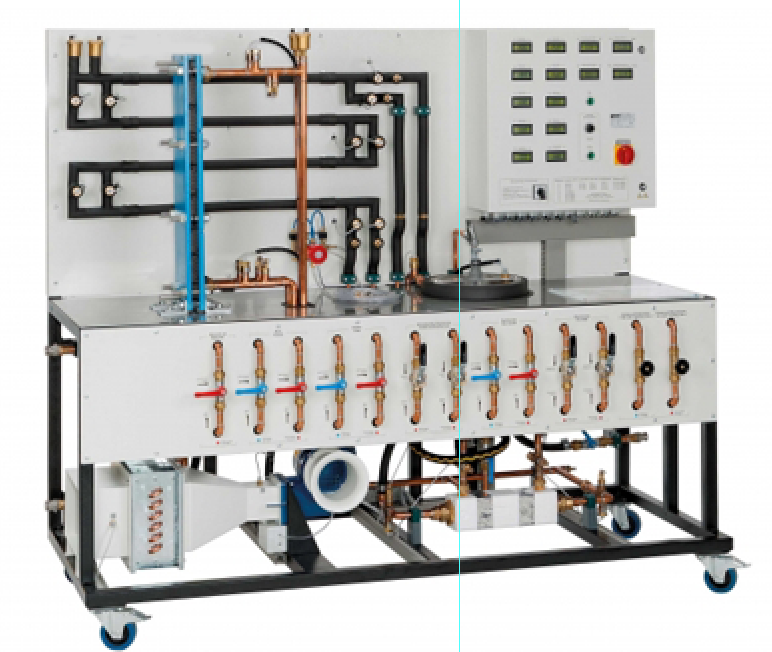




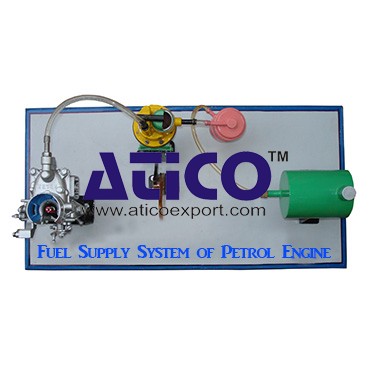

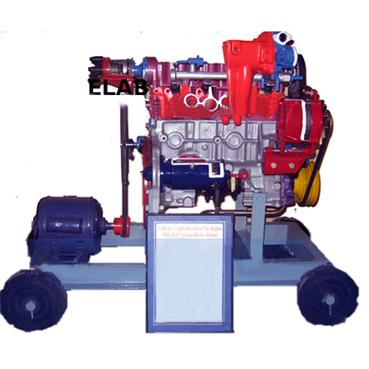
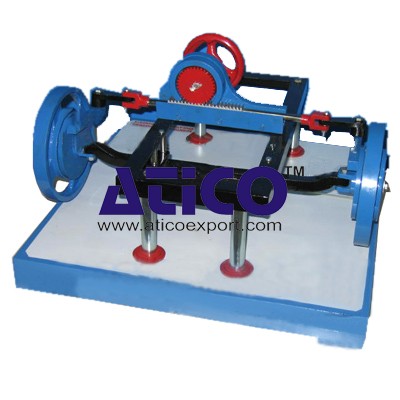


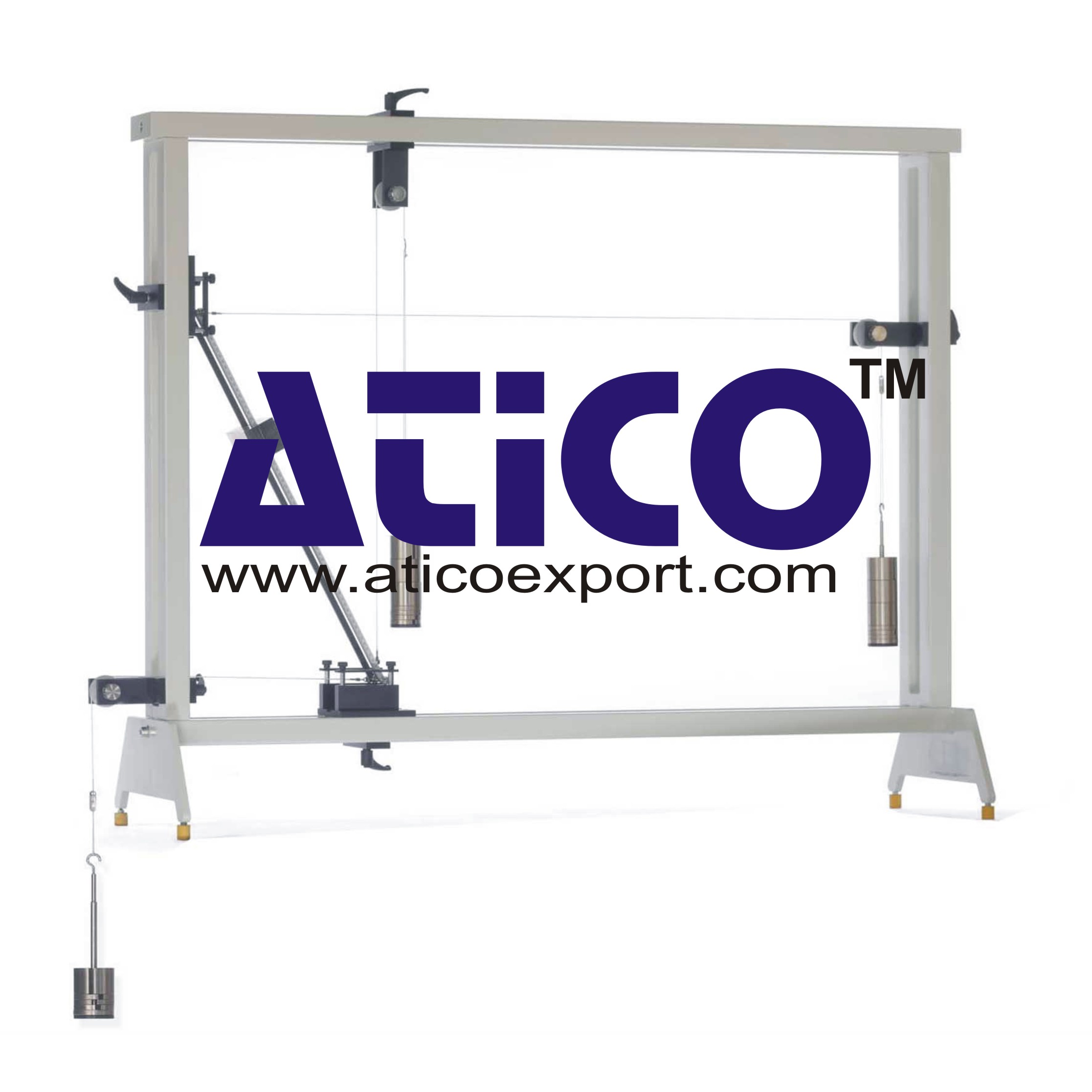
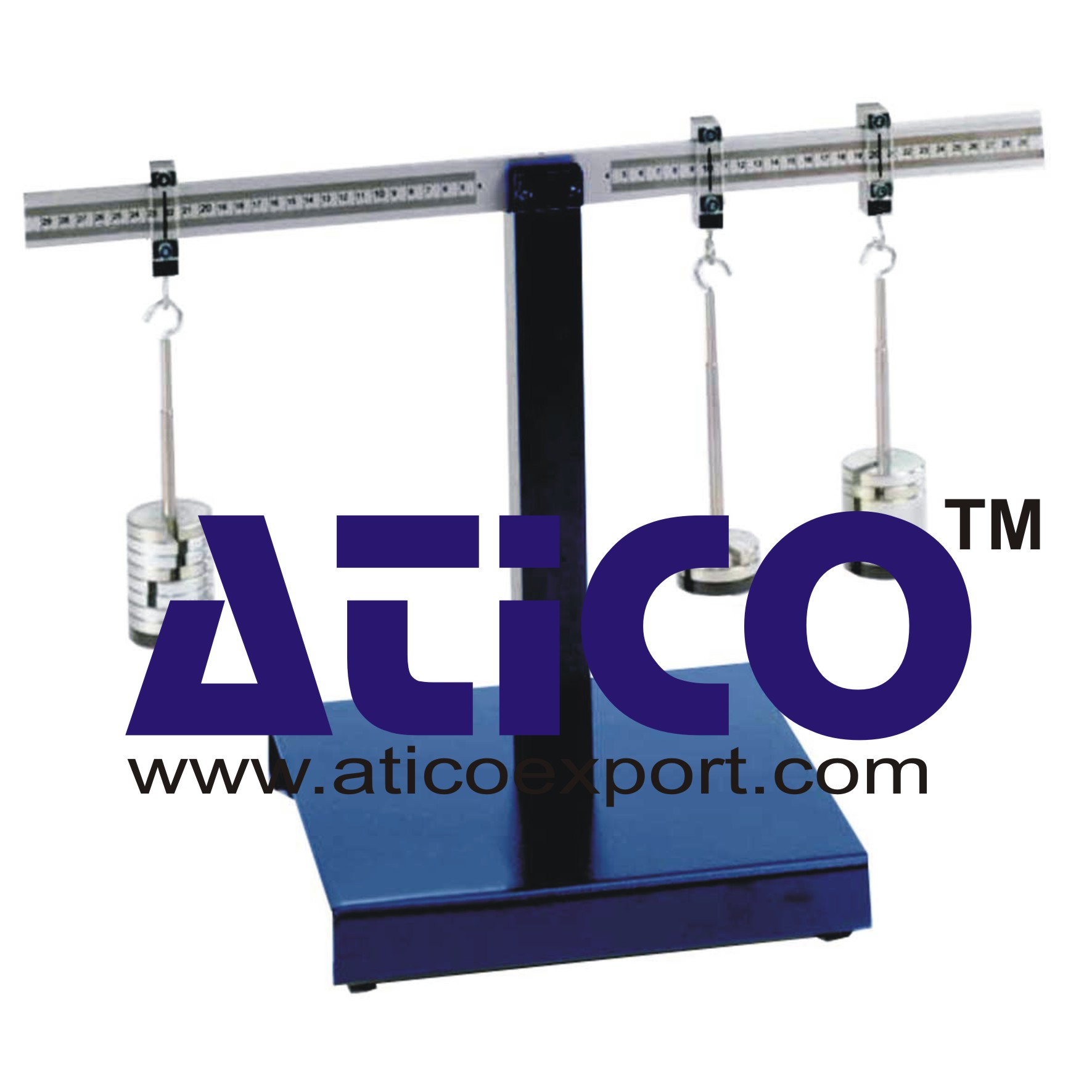
Product
Reviews
add Review
reviews
No Review Yet.